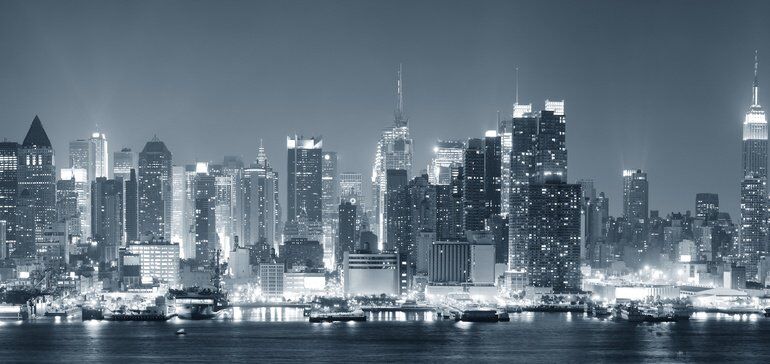
Dive Brief:
-
Cities are looking to the Internet of Things to help them track and report on sustainability and climate change goals required under various environmental regulations such COP 21 and Horizon 2020.

Dive Brief:
-
Cities are looking to the Internet of Things to help them track and report on sustainability and climate change goals required under various environmental regulations such COP 21 and Horizon 2020.
-
Next year, approximately 380 million connected things will be in use in cities for this purpose, growing to 1.39 billion units by 2020, according to Gartner.
- Over half (58%) of the smart city projects employing IoT, next year will involve smart commercial buildings and transportation.
Dive Insight:
Among other things, IoT will help cities track their progress in reducing greenhouse gas emissions.
Speaking at the Gartner Symposium/ITxpo, Bettina Tratz-Ryan, research vice president at Gartner, said IoT sensors will hasten the development of smart cities. “Cities will become the environmental centers of excellence for new technology development, offering a stress test environment for the industry,” said Tratz-Ryan said. “The advantages for cities will be profound.”
But while many are looking hopefully toward the future of IoT, concerns over its implementation persist, particularly when it comes to security. Connected devices have been used to create robust botnets that malicious actors can use to disrupt networks. Recently, the U.S. CIO urged the healthcare sector to be wary of device interoperability. That same suspicion can be extended across sectors looking to implement IoT.
This post originally appeared on our sister publication, CIO Dive. Our mission is to provide busy professionals like you with a bird’s-eye-view of the Information Technology industry in 60 seconds. To subscribe to our daily newsletter click here.
-